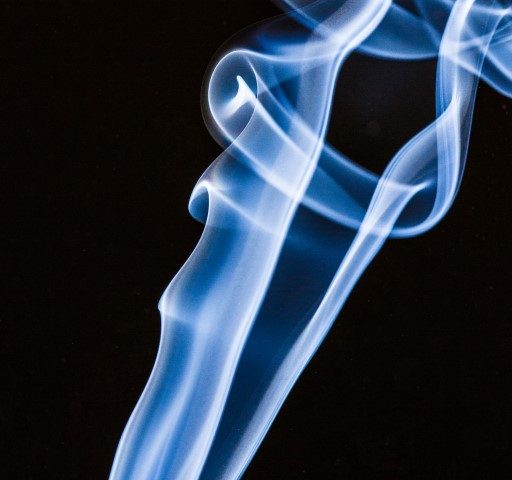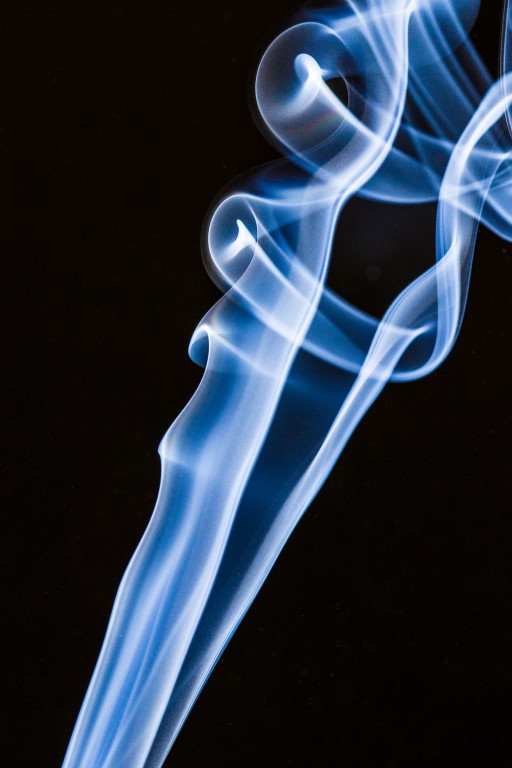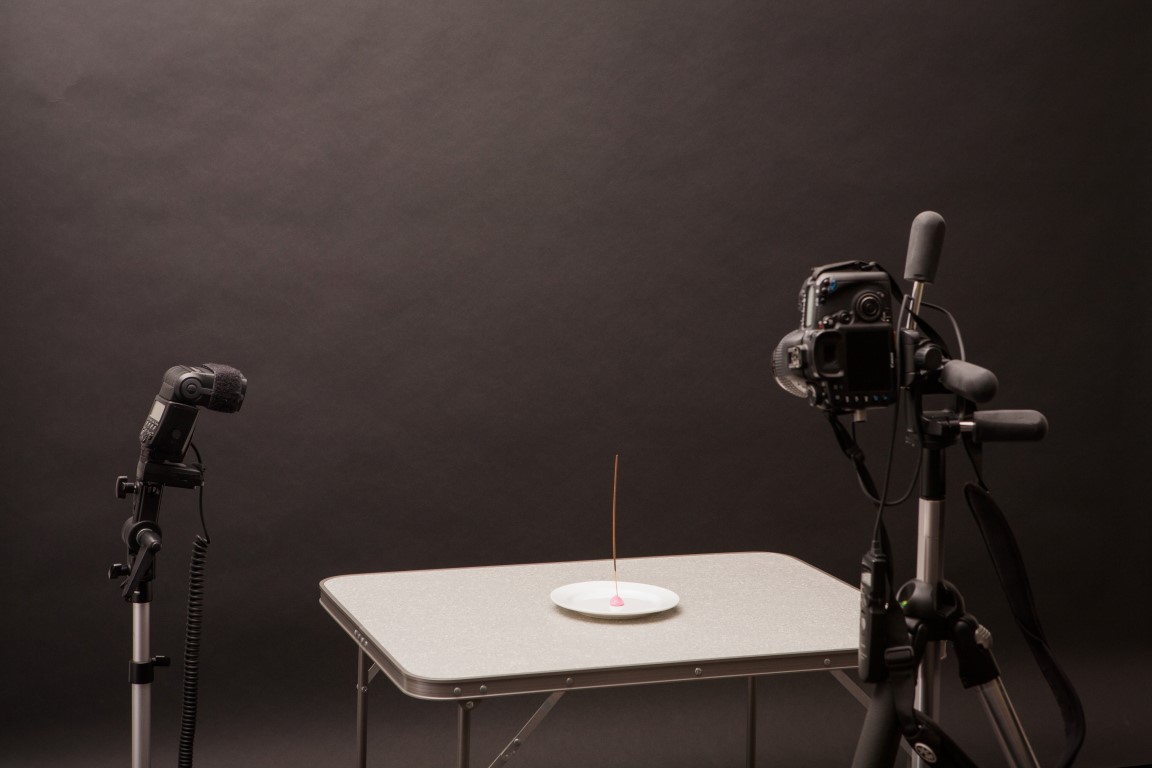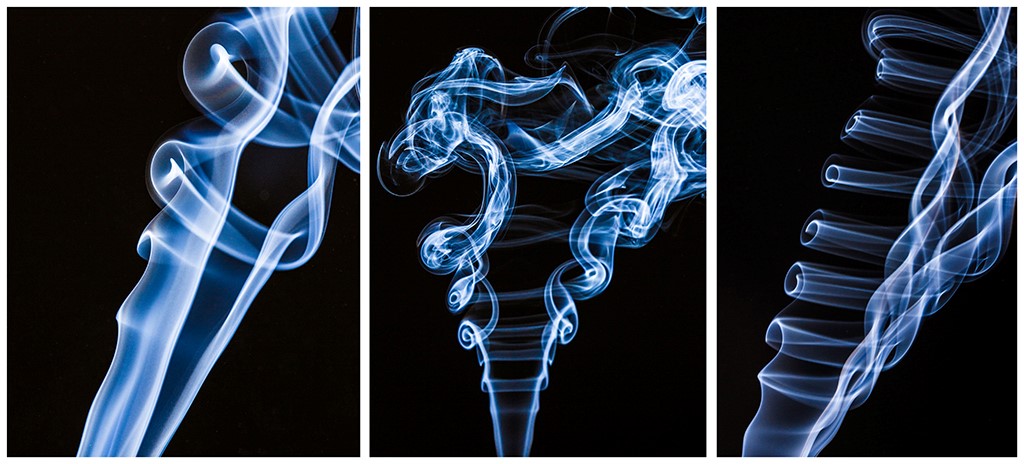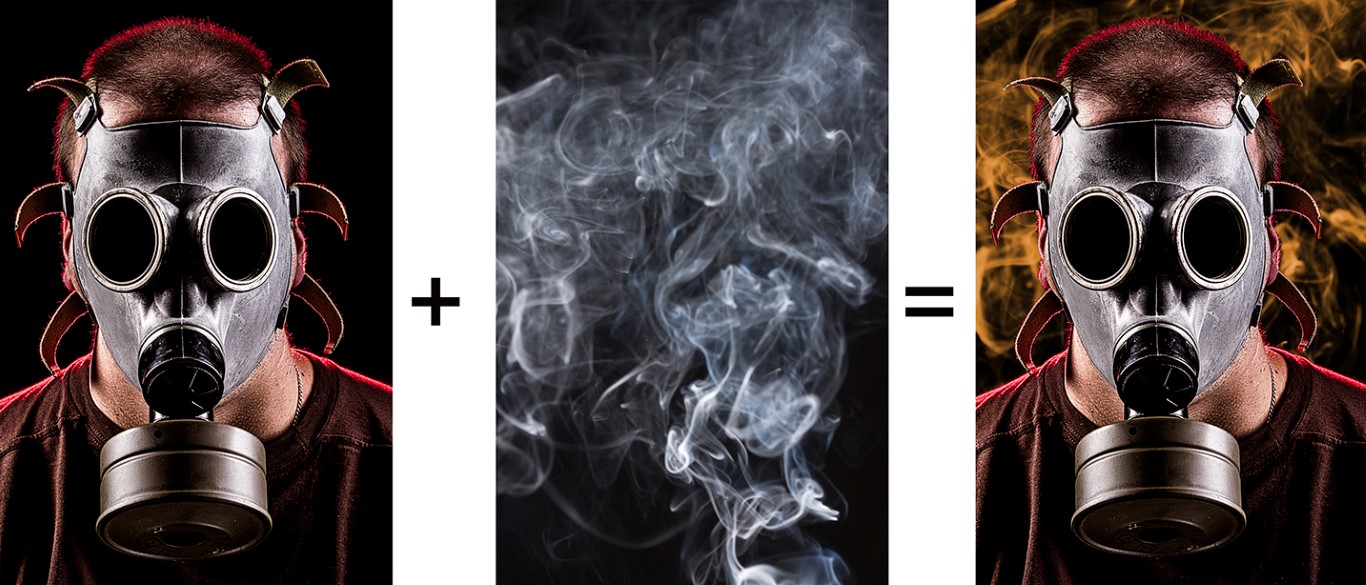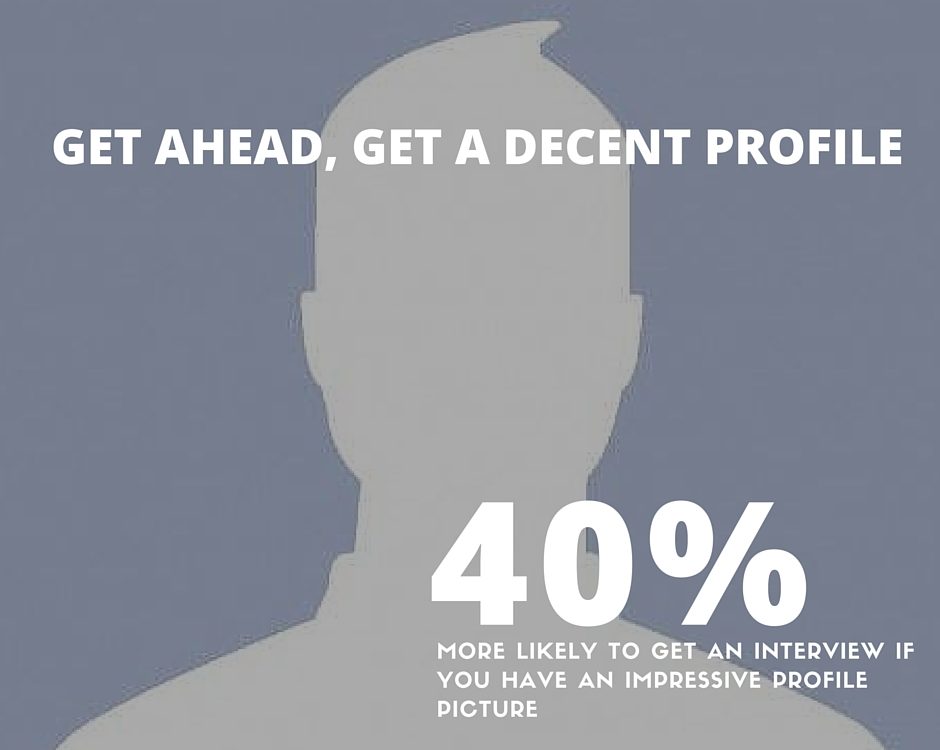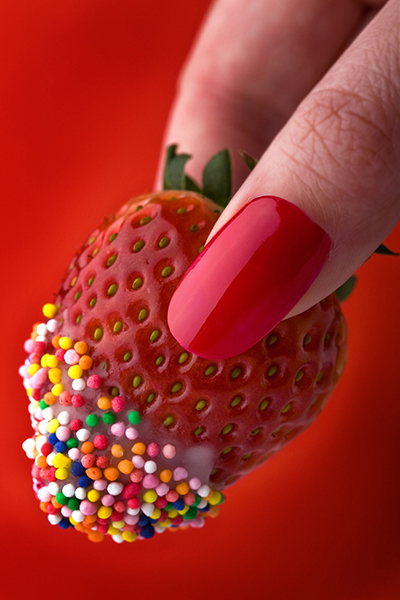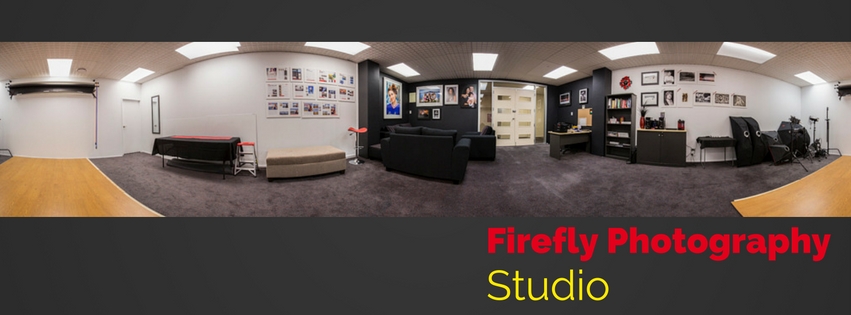I never cease to be amazed at how much can be achieved with a camera these days. The advent of digital photography has changed image making in a monumental way, and I will admit that my love affair with digital photography has as much to do with the process of capturing the image as it does with the creative options available in post-processing.
In this article we will be delving into the realms of smoke photography.
The happy coincidence here is that the technique I’ll be showing you encompasses many of the skills and principles I’ve been talking about in previous articles.
Hopefully you’ll be as amazed by the patterns and shapes you photograph, and appreciate again how amazing it is that a camera can freeze time in a way that lets us see beauty that we often take for granted.
Let’s get started.
What you’ll need
1) Camera and lens. (I used a 100mm macro)
2) Black background.
3) Off-camera flash.
4) Incense.
5) Blu tack.
6) Cable release.

